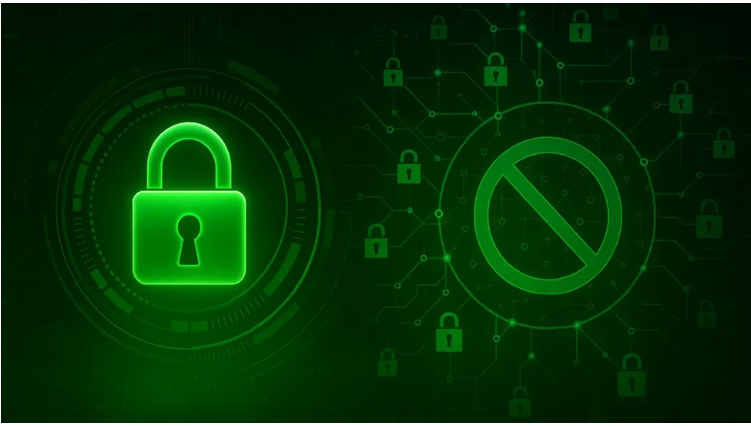Zero Trust Principles in CyberNEMO: Building security by Design
Zero Trust has become one of the most important paradigms in modern cybersecurity. At its core, Zero Trust means no implicit trust; everything must be verified, every time. Every user, device, application, and service must prove its legitimacy before gaining access to resources, regardless of whether it’s inside or outside the corporate network.
In CyberNEMO, we’ve embraced these principles as the foundation of our ZTNA (Zero Trust Network Access) solution. The goal is to reduce the attack surface, prevent lateral movement, and enforce consistent security controls across all environments.
Zero Trust Principles
In CyberNEMO, we use the following Zero Trust principles as our architectural baseline:
-
Identity verification and strong authentication to ensure that only legitimate users and devices gain access.
-
Least privilege access enforcement, granting the minimum level of permissions necessary to perform specific tasks.
-
Micro-segmentation of networks and services to prevent unauthorized movement within the system.
-
Continuous monitoring and risk assessment to adapt dynamically to evolving threats and anomalies.
-
Data-centric security to protect sensitive information wherever it resides or travels.
How CyberNEMO implements them
Cybernemo’s ZTNA solution was built with these ideas from day one:
-
Micro-Segmentation with L2S-M: Built on the NEMO-developed Link-Layer Secure connectivity for Microservice platforms, L2S-M provides secure, dynamic segmentation across multi-cluster environments, overcoming the limitations of conventional network segmentation solutions.
-
Advanced Metrics & Telemetry: Using the ALTO protocol, combined with insights from BGP-LS, SDN controllers, and inventory systems, CyberNEMO ZTNA exposes abstract, real-time network metrics. These insights enable orchestration and deployment decisions that are aware of current network conditions and can react adaptively.
-
Secure and Verifiable Data Plane: Proof of Transit (PoT) is incorporated to validate packet flow integrity and sequence, providing traceability, regulatory compliance, and resilience against routing attacks or traffic manipulation.
-
Identity & Evidence Management: CyberNEMO adopts Distributed Ledger Technologies (DLTs) to ensure immutable, auditable records of access and configuration events.
1) The Distributed Identity Manager (DID Manager) issues and validates decentralized, verifiable credentials, enabling federated identity management.
2) The Transparent Notary Service (TNS) acts as a cryptographic notary for signed statements, preserving their integrity, timestamp, and origin authenticity. This allows any party to independently verify security events, configuration attestations, and policy decisions without having to trust the notary itself — enhancing accountability and auditability.
-
Policy Enforcement & Anomaly Detection: Network policies are enforced dynamically, while real-time anomaly detection mechanisms help mitigate threats as they emerge.
From Principles to Practice
Zero Trust is more than a security concept, it represents a fundamental shift in how networks are designed and operated. By embedding these principles directly into its architecture, CyberNEMO delivers a verifiable, adaptive, and resilient ZTNA solution for modern distributed environments.
With strong identity management, cryptographic evidence, micro-segmentation, and continuous monitoring, CyberNEMO provides not just access control but confidence in every access decision.
In short, CyberNEMO transforms Zero Trust from a guiding principle into a practical, measurable, and future-ready security architecture, enabling secure connectivity, prevent lateral movement, and build a trustworthy foundation for critical communications.

